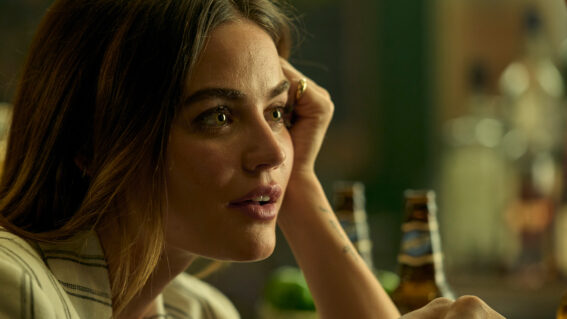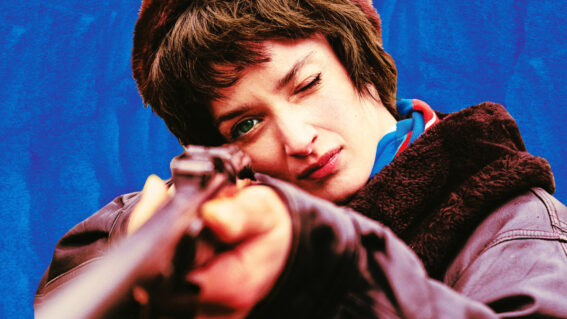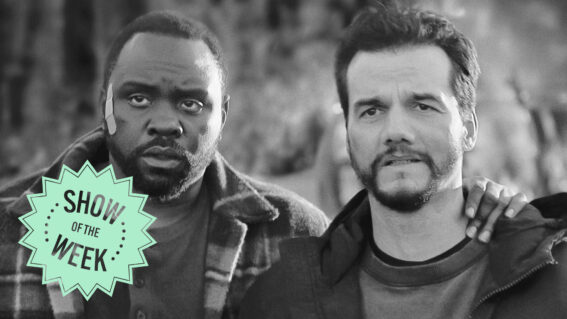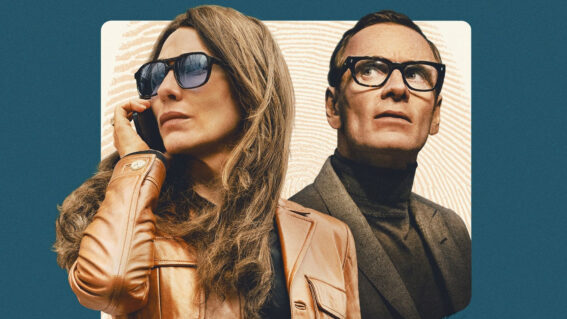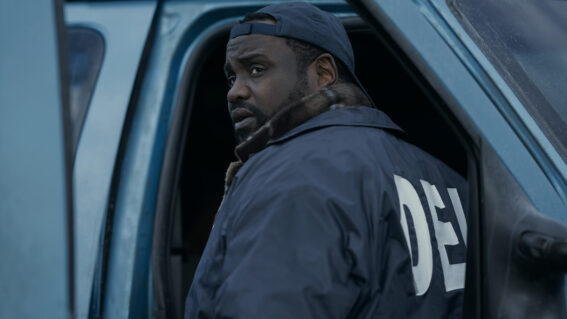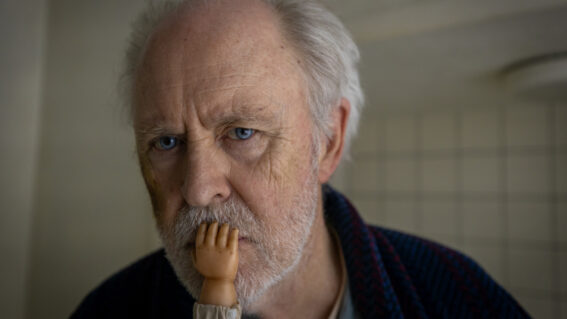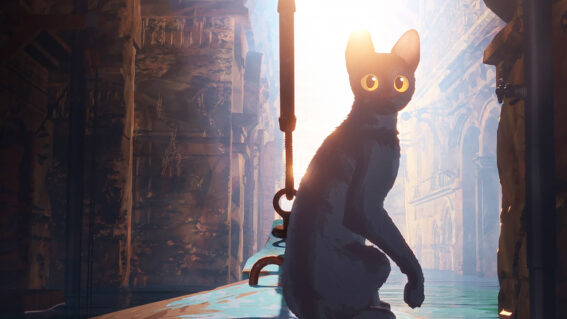Spotlight on David Cronenberg: his most transgressive and controversial films
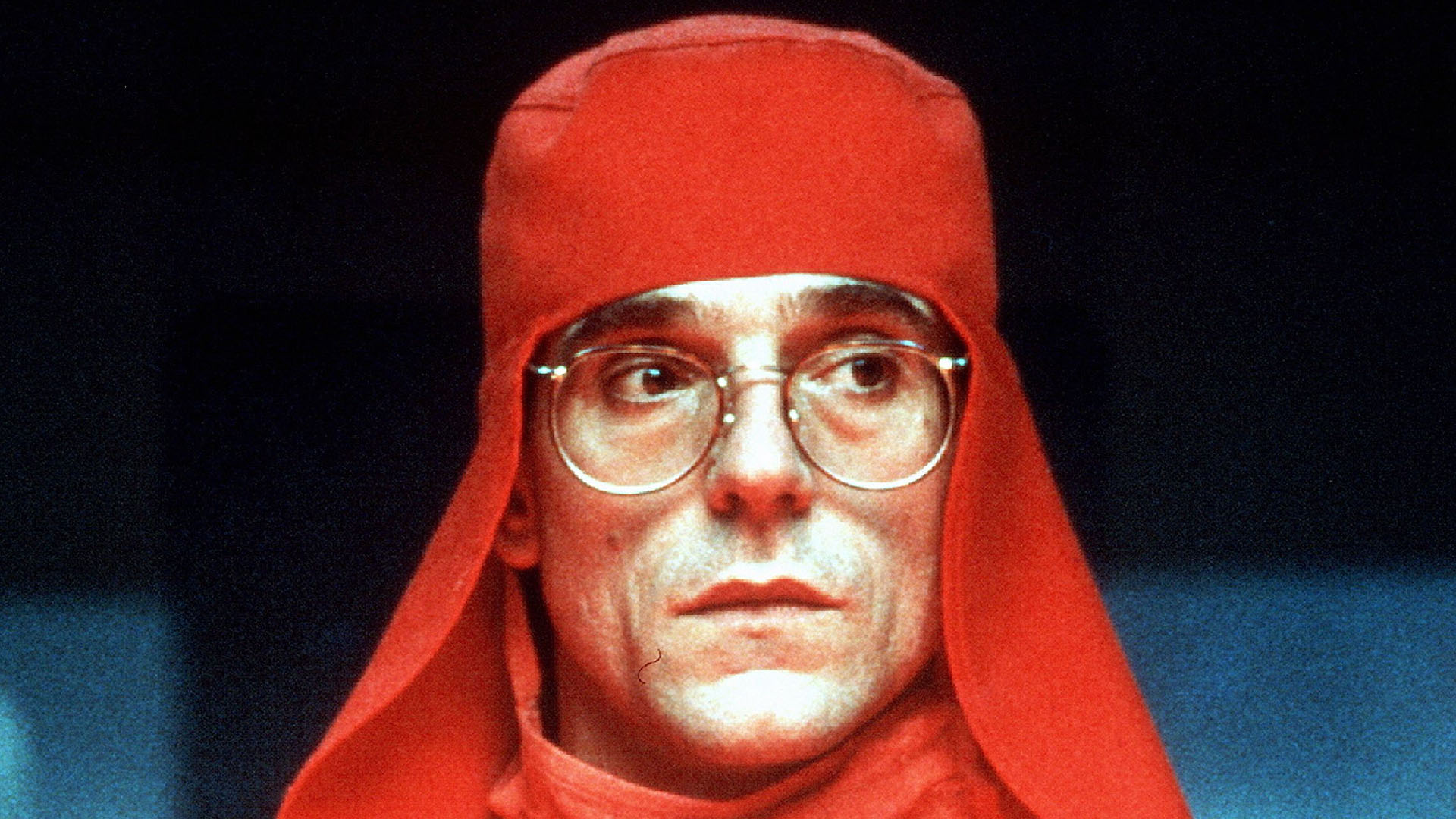
David Cronenberg has returned to the body horror genre he made a name for himself in with this year’s Crimes of the Future. Matt Glasby takes the opportunity to explore the director’s most controversial work.
Since emerging from Canada’s underground scene in the 1970s, writer/director David Cronenberg has made some of the most challenging movies to ever skirt the mainstream, moving from mind-blowing body horror (Scanners, The Fly) to more existential forms of trauma (The Dead Zone, Spider) and beyond, into the “unfilmable” literary worlds of Burroughs and Ballard. As the 79-year-old auteur returns to his roots with Crimes of the Future, we explore his most transgressive movies to date.
Shivers (1975)
Originally titled Orgy of the Blood Parasites, Cronenberg’s first feature is one hell of a calling card. Taking its cues from Romero, but adding a new psycho-sexual element, the film follows the residents of Starliner Towers, Toronto, as they morph into horny, kill-crazy maniacs thanks to an onslaught of mysterious slug-like creatures. Or as mad scientist Dr Hobbes (Fred Doederlein) puts it, “A combination of aphrodisiac and venereal disease that will hopefully turn the world into one beautiful mindless orgy.” Well, quite.
Although the SFX haven’t dated too well—think mini version of a Tremors Graboid meets stray turd—watching one swim up poor Betts (Barbara Steele) while she’s bathing will definitely put you off your dinner. Shot with public money, the film proved so controversial it was debated in the Canadian parliament. Oh, to be The Fly on that wall.
Videodrome (1982)
Unlike most young filmmakers called up to Hollywood, Cronenberg’s first studio effort was his most subversive. The story of Max Renn (James Woods), a seedy cable TV channel owner who becomes addicted to a clandestine S&M show called Videodrome, it sought to dramatise topical debates about screen violence by imagining what might happen if unpleasant images really could harm people.
As ever, Cronenberg takes things as far as they can go, showing Renn putting cigarettes out on new lover Nicki Brand (Blondie’s Debbie Harry), before graduating to brilliantly gloopy, SFX-filled hallucinations (courtesy of Rick Baker), murder and full-blown psychosis. Showing a depressing parade of sexualised violence, the grainy Videodrome footage seems to anticipate the torture porn genre, and cast a powerful spell. “One extra kept reappearing on set, very made-up, very dressed and just floated around,” recalled Cronenberg. “Someone who’d been strangled and beaten in the scene.”
Dead Ringers (1988)
Dubbed one of the 25 most dangerous films ever made by Premiere magazine, this is Cronenberg’s most upsetting work. Based on real people, identical twins Elliot and Beverly Mantle (played with some technical trickery by a career-best Jeremy Irons) are celebrated gynaecologists specialising in fertility treatment. They share everything—including lovers—until an affair with actress Claire Niveau (Geneviève Bujold) sends them down a wormhole of separation anxiety, addiction and madness.
“When I tried to set this film up at various studios, I was surprised to find that people were intrigued by the idea of twins, but repelled by the idea of gynaecology,” said Cronenberg—perhaps that explains why William Hurt and Robert De Niro both turned down the lead roles. Busted taboos aside, what really gets under the skin is how clinically Cronenberg explores the brothers’ pathology, only occasionally giving shape to the nightmares beneath.
Naked Lunch (1991)
“Cover your eyes America, run for your lives!” shouts Beat writer William S. Burroughs during the trailer for this opiated adaptation. Difficult to summarise, and just as hard to follow, the plot concerns bug exterminator William Lee (Peter Weller) accidentally shooting his wife Joan (Judy Davis) and escaping into Interzone, a North African city of the mind, where he finds enough sex, drugs and entomological intrigue to inspire/interfere with his writing.
Standout WTF moments include Lee rimming a giant beetle with drugs and a conversation with writer Tom Frost (Ian Holm) which slips from—relative—normality into telepathy unannounced. Cronenberg took a similarly intuitive approach to the screenplay, weaving in elements from Burroughs’ life and work instead of sticking slavishly to the source. After all, he reasoned, a straight version, “Would cost $400 million to make and be banned in every country in the world.”
Crash (1996)
Cronenberg’s ultra-provocative JG Ballard adaptation pissed on a lot of people’s chips. Indeed, when the writer/director first attempted to read the book, “After 20 pages I had to put it down because I found it quite repellent.” It’s the story of film producer James Ballard (James Spader) and his wife Catherine (Deborah Kara Unger) who, after a terrible accident, discover that car crashes turn them, and others, on. Soon they’re attending the kind of hush-hush gatherings in which nobody puts their keys in the bowl.
What upset audiences so much wasn’t just the concept—Ballard/Cronenberg taking the human love affair with the automobile to its most extreme conclusion—but the treatment, which is so dispassionate that we might be watching germs writhing under a microscope. The film was vilified by the British tabloids, banned in the borough of Westminster and awarded a Special Jury Prize at Cannes for “originality, daring and audacity”. Guilty as charged.









